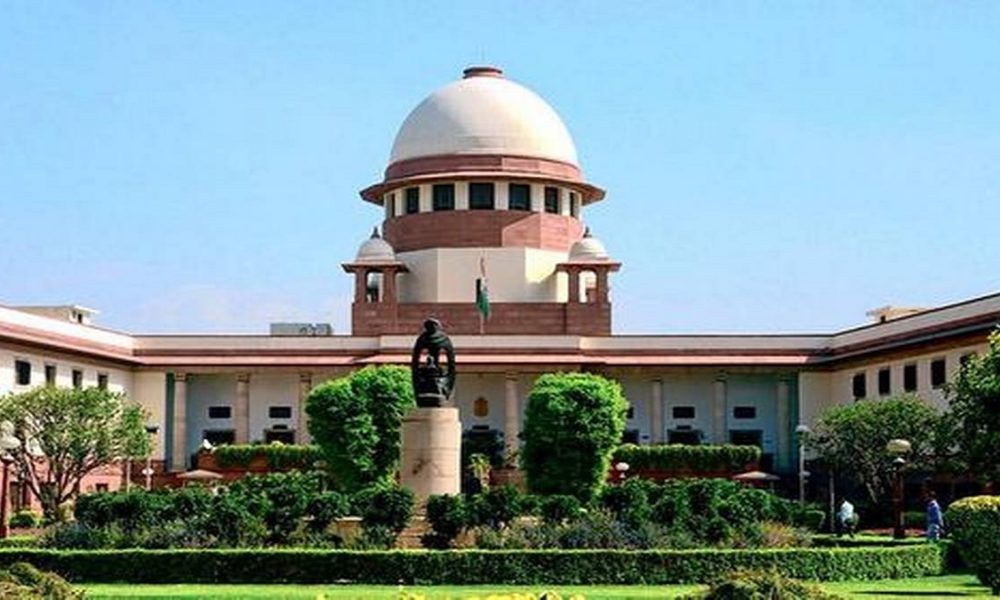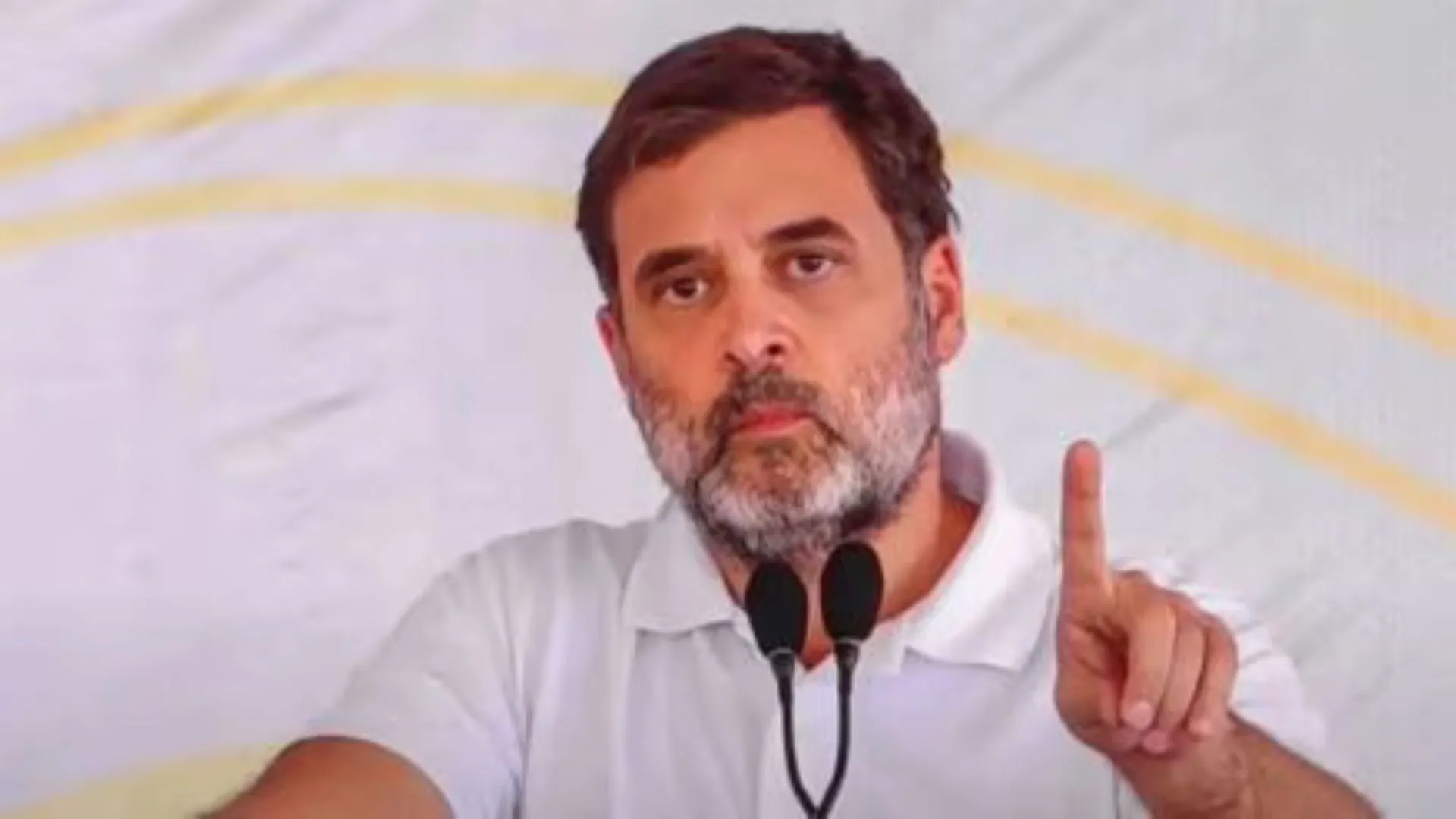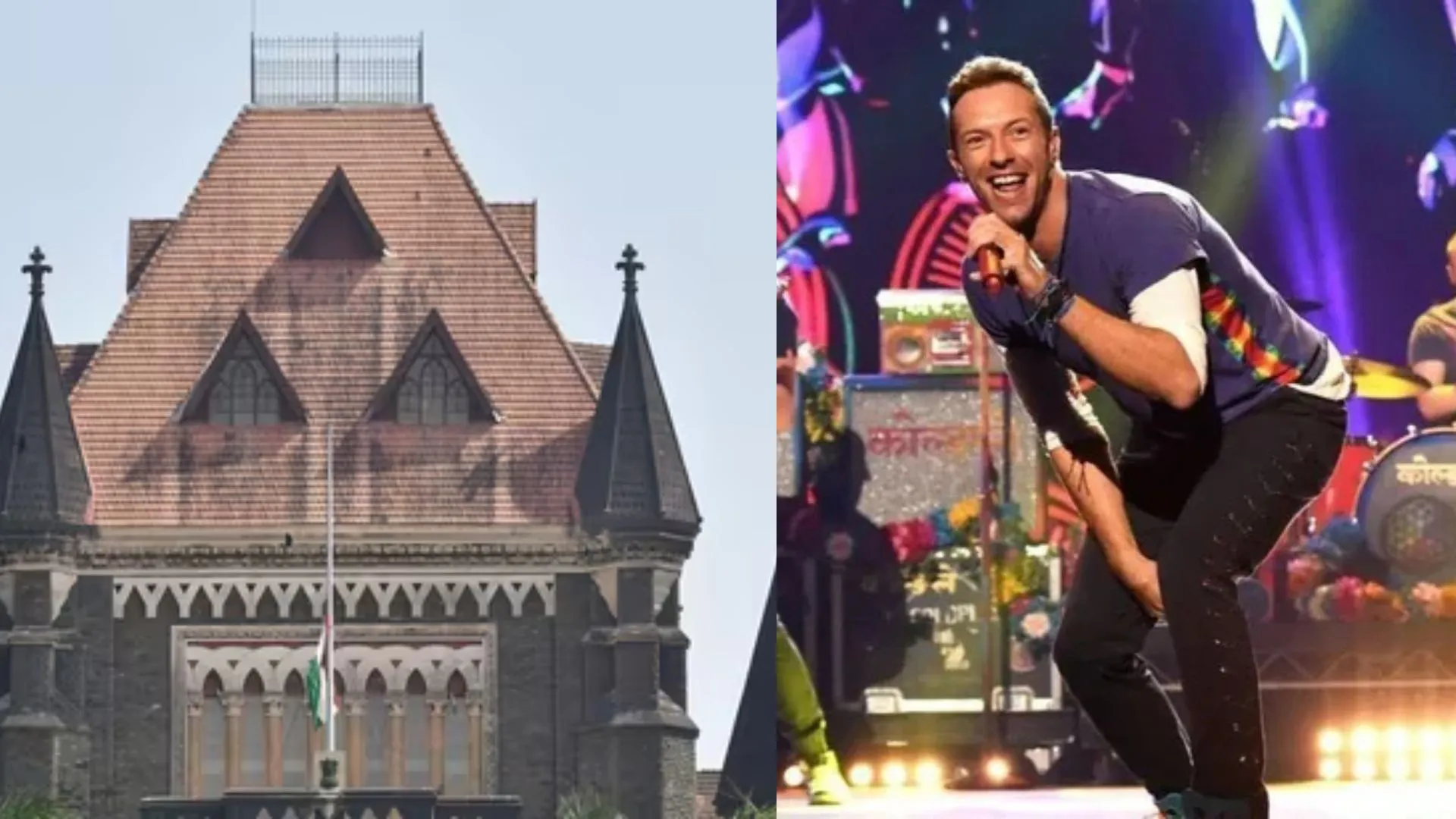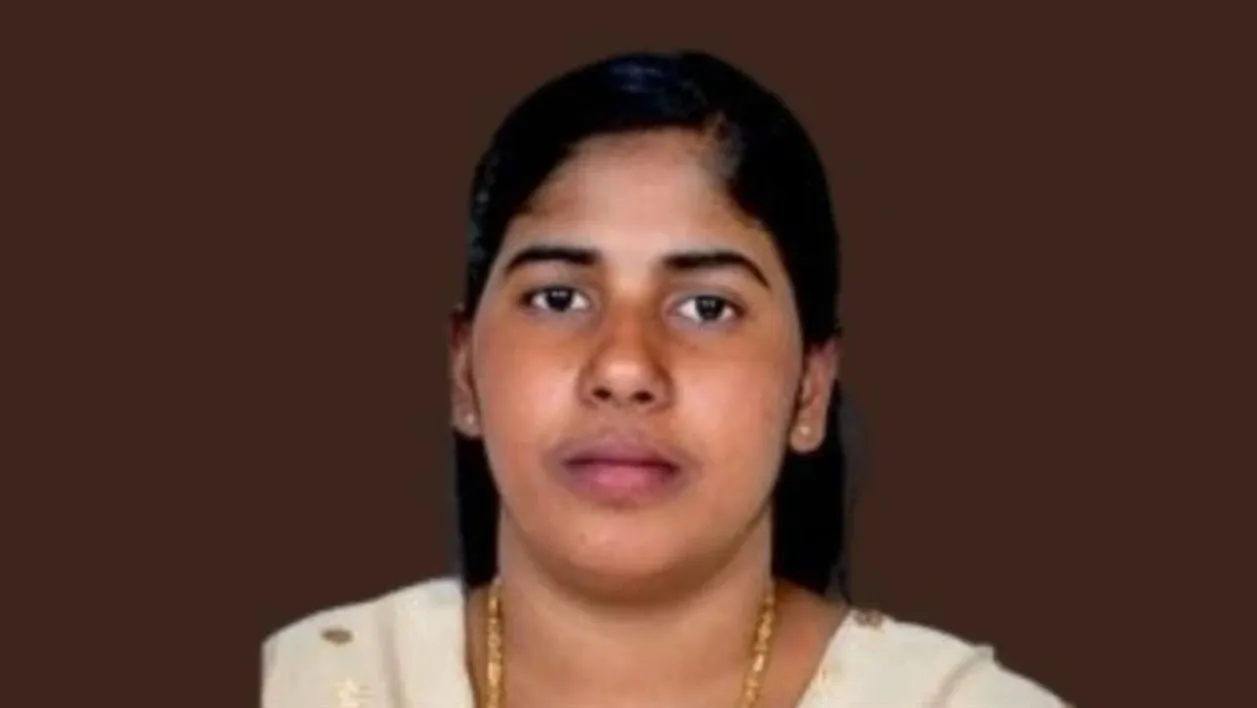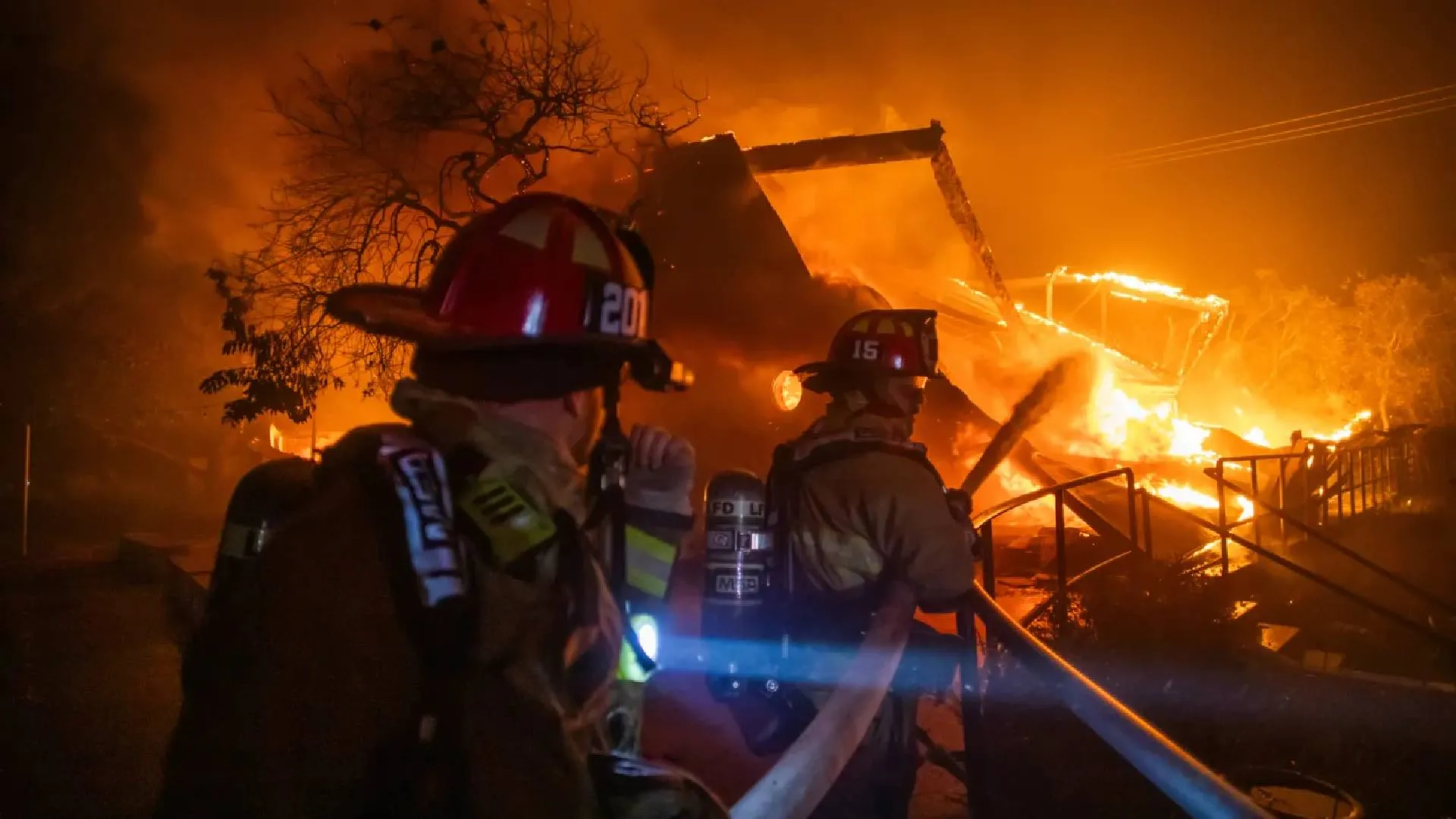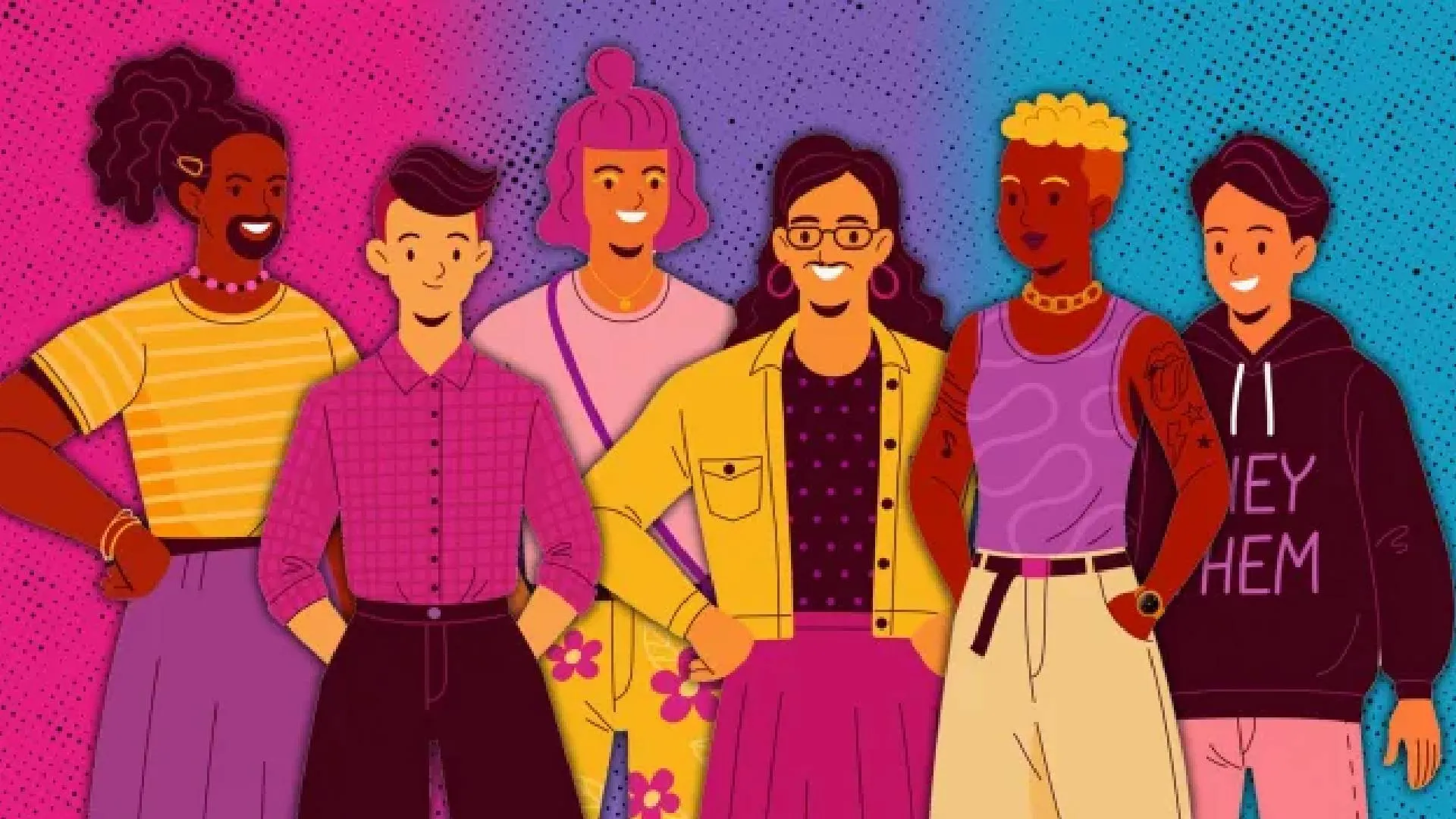It is quite significant to see that the Supreme Court in a righteous, recent, rejuvenating, refreshing and remarkable judgment titled Krishna Lal Chawla Vs State of U.P. in Criminal Appeal No. 283 of 2021 [Arising out of S.L.P. (Crl.) No. 6432/2020] delivered on March 8, 2021 in exercise of its criminal appellate jurisdiction has minced just no words to observe elegantly, effectively and eloquently that the Magistrates and Trial Judges have as much, if not more, responsibility in safeguarding the fundamental rights of the citizens of India as the highest court of the land. It is thus most ostensible that the Apex Court has given prime importance to the role of the lower judiciary in dispensation of justice and in preventing abuse of criminal court process. Very rightly so!
To start with, the ball is set rolling in para 2 of this notable judgment authored by Justice Mohan M Shantanagoudar for himself and Justice R Subhash Reddy wherein it is put forth that, “This appeal arises out of final order and judgment of the High Court of Judicature at Allahabad (hereinafter, ‘High Court’) dated 28.09.2020, dismissing the Miscellaneous Petition No. 2561 of 2020 filed by Appellants herein praying for quashing of the following orders:
i) Order dated 4.04.2019 of Learned Additional Chief Judicial Magistrate (hereinafter, ‘Magistrate’) in Complaint Case No. 2943/2018 issuing summons against the Appellants;
(ii) Order dated 13.01.2020 of the Ld. Additional District and Sessions Judge, Meerut (hereinafter, ‘Sessions Judge’) in Criminal Revision No. 202/2019, dismissing the Appellants’ revision application against the aforesaid summoning order.
While elaborating on the facts of the case, the Bench then elucidates in para 3 stating that, “The brief facts leading to this appeal are as follows:
3.1 The Appellants and Respondent No. 2 are neighbours. The genesis of the proceedings before us lies in a physical altercation that took place between the Appellants and the Respondent No. 2 and his wife on 5.08.2012. While the occurrence of such an altercation is an admitted fact between the parties, the details thereof form the crux of this prolonged litigation.
3.2 On 5.08.2012, the Respondent No. 2 filed a Non-Cognizable Report (NCR) No. 158/2012 against the Appellants alleging offences under Sections 323, 504 and 506, Indian Penal Code, 1860 (hereinafter, ‘IPC’). It was his case that the Appellants came to his house, beat him and his wife with iron rods and threatened to kill them.
3.3 The son of Appellant No. 1 also filed information on 5.08.2012, which was registered as Non-Cognizable Report (NCR) No. 160/2012 with the Daurala Police Station, alleging offences under Sections 323, 504 and 506, IPC against the Respondent No. 2 and his wife. This Report counter-alleged that the Respondent No. 2 and his wife came to the Appellant’s house, beat them up with wooden sticks and iron rods, and threatened to kill their family.
3.4 It seems that even prior to the alleged occurrence, there were disputes between the parties in 2006. A mutual settlement took place on 6.02.2006 by which Respondent No. 2 agreed to pay a penalty of Rs. 3,000/ to the Appellant No. 1. Subsequently, in another dispute, on 21.12.2013, the Special Chief Judicial Magistrate imposed a penalty of Rs. 1500/ on Appellant No. 4. Be that as it may, the fact remains that the parties have been at loggerheads from 2006 onwards. It appears that they have been fighting litigations on one pretext or the other since 2006. Though they were agriculturists and neighbours, peace did not prevail between them, which resulted in a number of cases being lodged by them against each other.
3.5 The Appellants filed an application under Section 155(2) of the Code of Criminal Procedure, 1973 (hereinafter, ‘CrPC’) before the Magistrate on 27.04.2017, almost 5 years after the alleged incident, seeking permission for the police to investigate NCR No. 160/2012. The learned Magistrate directed that NCR No. 160/2012 filed by the Appellants be registered as FIR in Crime No. 283/2017. Investigation was conducted, and on 17.09.2017 a charge sheet was filed against the Respondent No. 2 and his wife under Sections 323, 325, 504 and 506 of the IPC. Subsequently, the Magistrate framed charges against Respondent No. 2 and his wife. There is nothing on record to show that even a single witness has been examined till date, though charges were framed by the Magistrate long back. Thus, there has been considerable delay in these proceedings, during both the investigation and trial stages.
3.6 Being unsatisfied with the allegations made and charge sheet filed against him, the Respondent No. 2 instituted a fresh private complaint against the Appellants under Section 200 of CrPC in Complaint Case No. 2943 of 2018 in respect of the very incident that took place on 5.08.2012. This private complaint was filed only on 11.05.2018, that is about six years from the date of alleged incident. In the private complaint, not only new allegations were added but all allegations are wider and different from the averments made in NCR No. 158/12, though the incident is the same as of 5.08.2012 and between the same parties. It may not be necessary for us to narrate the contents of the private complaint inasmuch as we find and have satisfied ourselves that the allegations made in the private complaint are absolute material improvements over the allegations in NCR No. 158/12. Among other things, not only three additional eye witnesses are induced in the private complaint, but allegations of fraud, injury to bull, forging of affidavit etc. which were found in the 2012 complaint are also found in the private complaint. The private complaint for the first time mentions commission of offences under Section 429, IPC and Sections 10 and 11 of the Prevention of Cruelty to Animals Act, 1960. It is an admitted fact that Appellant No. 4 had inflicted injury on Respondent No. 2’s bull on 26.09.2011, for which Appellant No. 4 had voluntarily confessed and accepted penalty of Rs. 1,500 from the Magistrate as mentioned supra. Be that as it may, we see no reason why Respondent No. 2 chose to rehash this incident in the private complaint given that Appellant No. 4 has already been convicted for the offence, and it is of no relevance to the present case.
Curiously, the Magistrate was pleased to issue process against the Appellants based on this vexatious private complaint, which came to be confirmed by the Learned Sessions Judge in the impugned order. The Learned Sessions Judge has thus not only misunderstood Section 200, CrPC and its scope but also made a new case in favour of Respondent No. 2 by reading Section 506 Part II, IPC which is punishable by 7 years in the place of Section 506, IPC, probably only to bring the private complaint within the prescribed period of limitation under Section 468 CrPC. It is nobody’s case that the offence under Section 506(ii) has taken place, which means that the Courts took extra interest to improve the case of the respondent/complainant.
This appeal is filed challenging both the orders of the Magistrate as well as the Sessions Judge in respect of issuance of process, as mentioned supra.”
Be it noted, the Bench then observes in para 9 that, “It is also pertinent to note that as on 5.8.2012, Appellant No.1 was a 76 year old man; Appellant No. 2 was suffering from epileptic seizures; and Appellant No. 4 was of unsound mind. There is no equity in allowing them to be dragged into criminal proceedings pertaining to a petty offence, instituted 6 years after the alleged incident. The sword of Damocles cannot be allowed to forever hang on their heads, falling unpredictably at the whims of a litigant seeking to harass and persecute at will. We gain strength in our conclusions from Article 21 of the Constitution, which encapsulates the right to a speedy trial. This right has been interpreted to include not only the actual trial before the Court, but also the proceeding stages of inquiry and police investigation as well (Vakil Prasad Singh v. State of Bihar, (2009) 3 SCC 355; Abdul Rehman Antulay & ors. v. R.S. Nayak & anr., (1992) 1 SCC 225).”
As a corollary, it is then stated by the Bench in para 10 that, “The sum of the above circumstances and precedents leads us to what we see as an inevitable conclusion. That Respondent No. 2’s institution of the fresh complaint case in 2018 under Section 200 CrPC was a concerted effort to mislead the Magistrate with the oblique motive of harassing the Appellants with a frivolous and vexatious case against them. That the same was a counter-blast to the charge sheet dated 17.09.2017 filed against Respondent No. 2 and his wife in the case registered by the Appellant. The history of ill-will and malice between the parties leads further credence to Respondent No. 2’s motivations for tying up the Appellants in frivolous and harrowing criminal litigation, long years after the alleged incident. Respondent No. 2’s conduct in filing a delayed complaint case, suppressing material facts, and utilising fresh proceedings to materially improve on his earlier version, in totality, amounts to gross abuse of the process of court.”
ROLE OF THE LOWER JUDICIARY IN PREVENTING ABUSE OF COURT PROCESS
Truly speaking, the Bench then is gracious enough to concede in para 11 that, “We find it imperative to observe that this is a case that should not have been allowed to reach as far as this Court. The justice dispensation machinery in India is plagued with backlogs, with 70% of the pendency before the subordinate courts being on the criminal side. [Roshni Sinha, ‘Examining pendency of cases in the Judiciary’, PRS INDIA (August 8, 2019)]. A significant factor in this backlog is the vast mass of frivolous litigation instituted year after year by litigants with an intent to use the courts of justice for their own mischievous ends. Curtailing such vexatious litigation is, thus, a crucial step towards a more effective justice system – a step that cannot be taken without the active involvement of the lower judiciary, especially in criminal proceedings.”
While underscoring the pivotal role of a Magistrate in the functioning of the criminal justice delivery system, the Bench then points out in para 12 that, “Immediately after the criminal justice system is set in motion, its course is almost entirely dependent on the judicial application of mind by the Magistrate. When a police complaint is filed on the commission of a cognizable offence under Section 154 CrPC, the Magistrate decides if the charge against the accused person is made out before the trial begins. Separate procedure is prescribed if the complaint under Section 200 CrPC is filed. The aforesaid provisions make it abundantly clear that the Magistrate carries the stream of criminal proceeding forward after it is set in motion by the informant/complainant. Consequently, and automatically, the Magistrate also carries the responsibility for ensuring this stream does not carry forward in cases where it should not.”
While adding a word of caution for the Magistrates, the Bench then minces no words in holding in para 13 that, “The aforesaid powers bestowed on the Magistrate have grave repercussions on individual citizens’ life and liberty. Thus, these powers also confer great responsibility on the shoulders of the Magistrate – and must be exercised with great caution, and after suitable judicial application of mind. Observations in a similar vein were made by this Court in Pepsi Foods Ltd. v. Special Judicial Magistrate, (1998) 5 SCC 749:
“28. Summoning of an accused in a criminal case is a serious matter. Criminal law cannot be set into motion as a matter of course. It is not that the complainant has to bring only two witnesses to support his allegations in the complaint to have the criminal law set into motion. The order of the Magistrate summoning the accused must reflect that he has applied his mind to the facts of the case and the law applicable thereto. He has to examine the nature of allegations made in the complaint and the evidence both oral and documentary in support thereof and would that be sufficient for the complainant to succeed in bringing charge home to the accused. It is not that the Magistrate is a silent spectator at the time of recording of preliminary evidence before summoning of the accused. The Magistrate has to carefully scrutinize the evidence brought on record and may even himself put questions to the complainant and his witnesses to elicit answers to find out the truthfulness of the allegations or otherwise and then examine if any offence is prima facie committed by all or any of the accused.””
This Court, thus, clearly emphasized that the power to issue a summoning order is a matter of grave importance, and that the Magistrate must only allow criminal law to take its course after satisfying himself that there is a real case to be made.”
While continuing in a similar vein, the Bench then specifies in para 14 that, “Similarly, the power conferred on the Magistrate under Section 202, CrPC to postpone the issue of process pursuant to a private complaint also provides an important avenue for filtering out of frivolous complaints that must be fully exercised. A four-Judge Bench of this Court has eloquently expounded on this in Chandra Deo Singh v. Prokash Chandra Bose & Anr., AIR 1963 SC 1430:
“7. …No doubt, one of the objects behind the provisions of Section 202 CrPC is to enable the Magistrate to scrutinize carefully the allegations made in the complaint with a view to prevent a person named therein as accused from being called upon to face an obviously frivolous complaint. But there is also another object behind this provision and it is to find out what material there is to support the allegations made in the complaint. It is the bounden duty of the Magistrate while making an enquiry to elicit all facts not merely with a view to protect the interests of an absent accused person, but also with a view to bring to book a person or persons against whom grave allegations are made. Whether the complaint is frivolous or not has, at that stage, necessarily to be determined on the basis of the material placed before him by the complainant…”
Thus, it is clear that, on receipt of a private complaint, the Magistrate must first, scrutinize it to examine if the allegations made in the private complaint, inter alia, smack of an instance of frivolous litigation; and second, examine and elicit the material that supports the case of the complainant.”
Simply put, the Bench then enunciates in para 15 that, “It is said that every trial is a voyage of discovery in which the truth is the quest. In India, typically, the Judge is not actively involved in ‘fact-finding’ owing to the adversarial nature of our justice system. However, Section 165 of the Indian Evidence Act, 1872 by providing the Judge with the power to order production of material and put forth questions of any form at any time, marks the influence of inquisitorial processes in our legal system. This wide-ranging power further demonstrates the central role played by the Magistrate in the quest for justice and truth in criminal proceedings, and must be judiciously employed to stem the flow of frivolous litigation.”
Needless to say, it is then quite significantly stated in para 16 that, “All of this leads to one inescapable conclusion. That the Trial Judge has a duty under the Constitution and the CrPC, to identify and dispose of frivolous litigation at an early stage by exercising, substantially and to the fullest extent, the powers conferred on him. This Court has earlier emphasized on the high degree of responsibility shouldered by the trial Judges in All India Judges’ Association v. Union of India, (1992) 1 SCC 119. Ranganath Misra CJ (as he was then) writing for himself and two others stated:
“42. The trial Judge is the kingpin in the hierarchical system of administration of justice. He directly comes in contact with the litigant during the proceedings in Court. On him lies the responsibility of building up of the case appropriately and on his understanding of the matter the cause of justice is first answered. The personality, knowledge, judicial restraint, capacity to maintain dignity are the additional aspects which go into making the Court’s functioning successful.””
More significantly, the Bench then minces no words to point out in para 17 that, “Frivolous litigation should not become the order of the day in India. From misusing the Public Interest Litigation jurisdiction of the Indian courts to abusing the criminal procedure for harassing their adversaries, the justice delivery system should not be used as a tool to fulfil personal vendetta. The Indian judiciary has taken cognizance of this issue. In 2014, this Court elucidated as follows, the plight of a litigant caught in the cobweb of frivolous proceedings in Subrata Roy Sahara v. Union of India, (2014) 8 SCC 470:
“191…One needs to keep in mind, that in the process of litigation, there is an innocent sufferer on the other side, of every irresponsible and senseless claim. He suffers long drawn anxious periods of nervousness and restlessness, whilst the litigation is pending, without any fault on his part. He pays for the litigation, from out of his savings (or out of his borrowings), worrying that the other side may trick him into defeat, for no fault of his. He spends invaluable time briefing counsel and preparing them for his claim. Time which he should have spent at work, or with his family, is lost, for no fault of his…”
While the Court’s ruling pertained to civil proceedings, these observations ring true for the criminal justice machinery as well. We note, with regret, that 7 years hence, and there has still been no reduction in such plight. A falsely accused person not only suffers monetary damages but is exposed to disrepute and stigma from society. While running from pillar to post to find a lawyer to represent his case and arranging finances to defend himself before the court of law, he loses a part of himself.”
Most significantly, the Bench then resultantly also observes in para 18 that, “As aforesaid, the trial courts and the Magistrates have an important role in curbing this injustice. They are the first lines of defence for both the integrity of the criminal justice system, and the harassed and distraught litigant. We are of the considered opinion that the trial courts have the power to not merely decide on acquittal or conviction of the accused person after the trial, but also the duty to nip frivolous litigations in the bud even before they reach the stage of trial by discharging the accused in fit cases. This would not only save judicial time that comes at the cost of public money, but would also protect the right of liberty that every person is entitled to under Article 21 of the Constitution. In this context, the trial Judges have as much, if not more, responsibility in safeguarding the fundamental rights of the citizens of India as the highest court of this land.”
For the sake of clarity, the Bench then also makes it clear in para 19 that, “As recorded by us above, the present controversy poses a typical example of frivolous litigants abusing court process to achieve their mischievous ends. In the case before us, the Magistrate was aware of the significant delay in the filing of private complaint by Respondent No. 2 and of the material improvements from the earlier NCR No. 158/2012 which were made in the private complaint. It was incumbent on the Magistrate to examine any possibility of abuse of process of the court, make further enquiries, and dismiss the frivolous complaint at the outset after judicial application of mind.”
Adding more to it, the Bench then observes in para 20 that, “However, this was not done – the Magistrate issued process against the Appellants by order dated 4.04.2019, and this controversy has now reached this Court for disposal.”
Quite remarkably, the Bench then very rightly observes in para 21 that, “It is a settled canon of law that this Court has inherent powers to prevent the abuse of its own processes, that this Court shall not suffer a litigant utilizing the institution of justice for unjust means. Thus, it would be only proper for this Court to deny any relief to a litigant who attempts to pollute the stream of justice by coming to it with his unclean hands. Similarly, a litigant pursuing frivolous and vexatious proceedings cannot claim unlimited right upon court time and public money to achieve his ends.”
Please read concluding on thedailyguardian.com
It also cannot be just glossed over that it is then very rightly observed in para 22 that, “This Court’s inherent powers under Article 142 of the Constitution to do ‘complete justice’ empowers us to give preference to equity and a justice oriented approach over the strict rigours of procedural law (State of Punjab v. Rafiq Masih (Whitewasher), (2014) 8 SCC 883). This Court has used this inherent power to quash criminal proceedings where the proceedings are instituted with an oblique motive, or on manufactured evidence (Monica Kumar (Dr.) & anr. v. State of Uttar Pradesh, (2008) 8 SCC 781). Other decisions have held that inherent powers of High Courts provided in Section 482, CrPC may be utilized to quash criminal proceedings instituted after great delay, or with vengeful or malafide motives. (Sirajul & ors. v. State of Uttar Pradesh, (2015) 9 SCC 201; State of Haryana v. Bhajan Lal, AIR 1992 SCC 604). Thus, it is the constitutional duty of this Court to quash criminal proceedings that were instituted by misleading the court and abusing its processes of law, only with a view to harass the hapless litigants.”
As a corollary, the Bench then states in para 23 that, “In this Court’s quest for complete justice, and to bring peace between the parties, who are fighting various litigations since 2006, we exercise our powers under Article 142 to quash all the litigations between the parties arising out of this incident.”
Our Conclusions
As anticipated, the Bench then holds in para 24 that, “The impugned judgment of the High Court dated 28.09.2020 in Miscellaneous Petition No. 2561 of 2020 is set aside.”
Now coming to para 25, the Bench then holds briefly in para 25 that, “The proceedings in Complaint Case No. 2943/2018, including the order of summons against the Appellants dated 4.04.2019 be quashed.” It is then held in para 26 that, “Further, proceedings pursuant to NCR No. 158/2012 dated 5.08.2012 filed by Respondent No. 2 also be quashed, in order to foreclose further frivolous litigation.”
Moving on, it is then held aptly in para 27 that, “Any other criminal cases between the parties initiated by them in relation to the incident dated 5.08.2012, including the criminal proceedings arising from NCR No. 160/2012 (Crime No. 283/2017) instituted by the Appellants, are quashed in exercise of our powers under Article 142 of the Constitution, in the interests of giving quietus to these criminal proceedings out of a petty incident 9 years ago.” Finally, it is then held in para 28 that, “The Appeal is allowed in the aforesaid terms.”
To conclude, the bottom-line of this latest, learned, laudable and landmark judgment is that the Apex Court concedes gracefully that Magistrates and Trial Judges also have responsibility in safeguarding citizens fundamental rights. Para 18 sums up the crux of this notable judgment which now merits no reiteration. All the Magistrates and Trial Court Judges must pay full attention to what the Apex Court has ruled in this leading case and always bear it in mind that, “They are the first lines of defence for both the integrity of the criminal justice system, and the harassed and distraught litigant” as has been stated quite uprightly in para 18 as stated above! The Trial Judges must also bear in mind always that, “They have as much, if not more, responsibility in safeguarding the fundamental rights of the citizens of India as the highest court of this land” as has been summed up in para 18 and act accordingly! There can certainly be no denying or disputing it!
Sanjeev Sirohi, Advocate,

